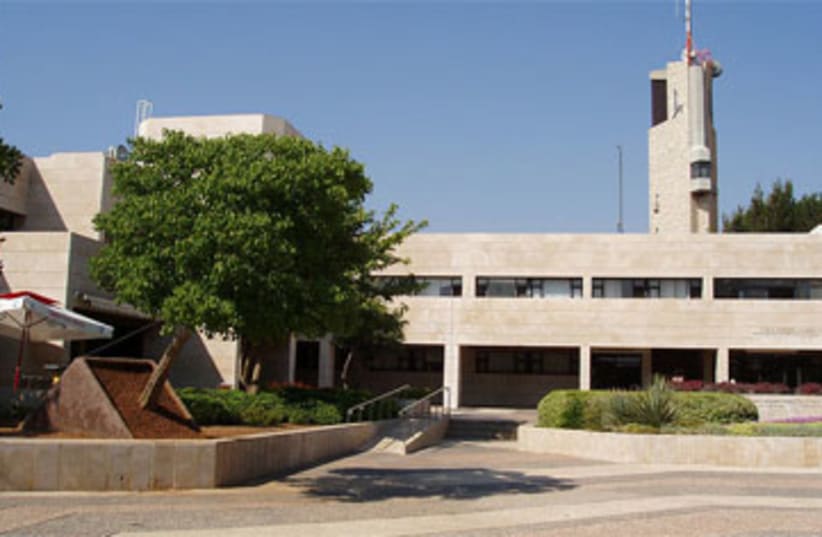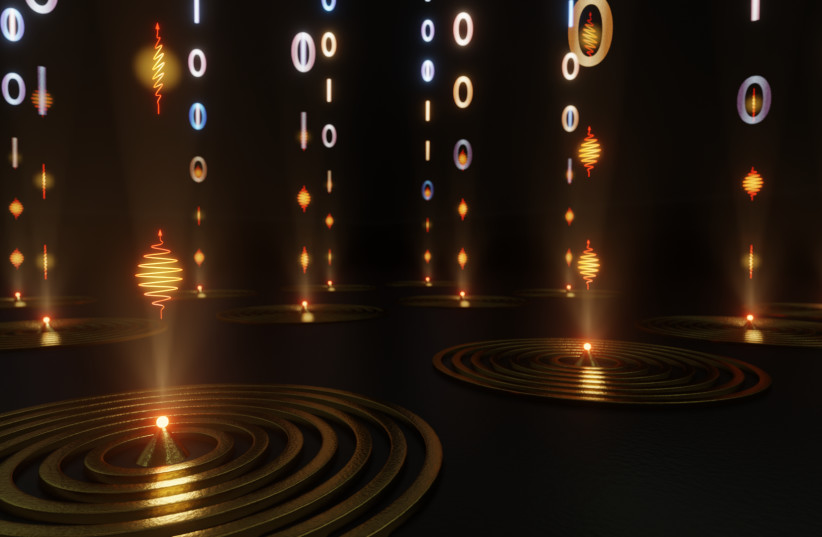Leading physics magazine Physics World awarded the 2021 Breakthrough of the Year prize to Dr. Shlomi Kotler of the Hebrew University of Jerusalem’s Department of Applied Physics on Tuesday.
Physics World magazine’s 2021 Breakthrough of the Year selected winners from nearly 600 published research articles that demonstrated “important work for scientific progress and/or the development of real-world applications.” Kotler’s team was awarded the honor for their work in quantum technology – specifically, their breakthrough of entangling two macroscopic vibrating drumheads.
Quantum technology has made great strides over the past two decades, as physicists are now able to construct and manipulate systems that were once considered hypothetical. For instance, the blurred line between quantum and classical physics. In the past, the line between quantum and classical physics was clear: tiny objects such as photons and electrons inhabit the quantum world whereas large objects such as billiard balls obey classical physics.
Over the past decade, however, physicists have been pushing the limits of what is considered quantum by using drum-like mechanical resonators that measure 10 microns across. Unlike electrons or photons, these drumheads are macroscopic objects that are manufactured using standard nanofabrication techniques. Despite the resonators’ tangible nature, however, researchers have been able to observe their quantum properties.
Kotler and Teufel’s team took this finding a step further, becoming the first scientists to quantum-mechanically entangle two such drumheads. Their efforts open the door for entangled resonators to be used as quantum sensors or as nodes in quantum networks.
“'I'm very excited about this award. We’ve been at it a long time and took quite a few risks along the way. I prayed hard after we ran the last experiment. If everything worked, we would have the rare chance to see macroscopic entanglement. If it didn’t, 4 years of research would have gone down the tubes. Fortunately, we saw entanglement, and the rest, as they say, is quantum history,” said Dr. Kotler about the award.
“I very much appreciate the fact that Hebrew University and the Department of Applied Physics and the Quantum Center worked hard to hire me as junior faculty, taking a risk before these results were published,” Kotler concluded.

